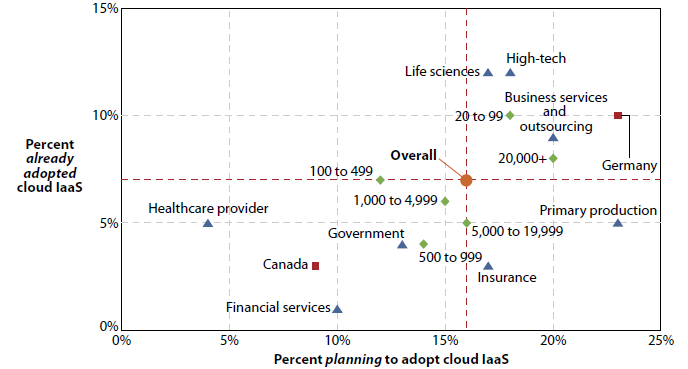Following on from the bold assertion that 20% of IT departments would have no need for physical assets by 2012, Gartner have now turned their attention to the future of the Personal Computer. According to their research, “the Personal Cloud Will Replace the Personal Computer as the Center of Users’ Digital Lives by 2014“.
There is plenty of evidence of the truth of this already and the adoption of Drop Box, Google Docs, iTunes, iCloud, and a myriad mobile-centered iPhone apps has demonstrated the huge demand for always-on, always-connected mobile services.
Consumers, who also happen to be bosses and employees, are increasingly tech-savvy and their expectations are moving beyond what corporate IT departments can meet with existing infrastructure and skill sets. Users’ expectations of rapid change have been ameliorated somewhat by infrastructure technologies such as virtualization, which has improved IT’s operational agility, but the growing availability of consumer-centric mobile apps has led to a disconnect between what’s available in the consumer space and what companies provision for their staff. The lack of application development skills or a general understanding of the wider ramifications of mobile is becoming a visible weakness for many organizations.
Not surprisingly, employees take what’s available in the consumer world and bend it to their needs, often working around the compliance and security requirements of their employers and the command and control mindset of enterprise IT.
